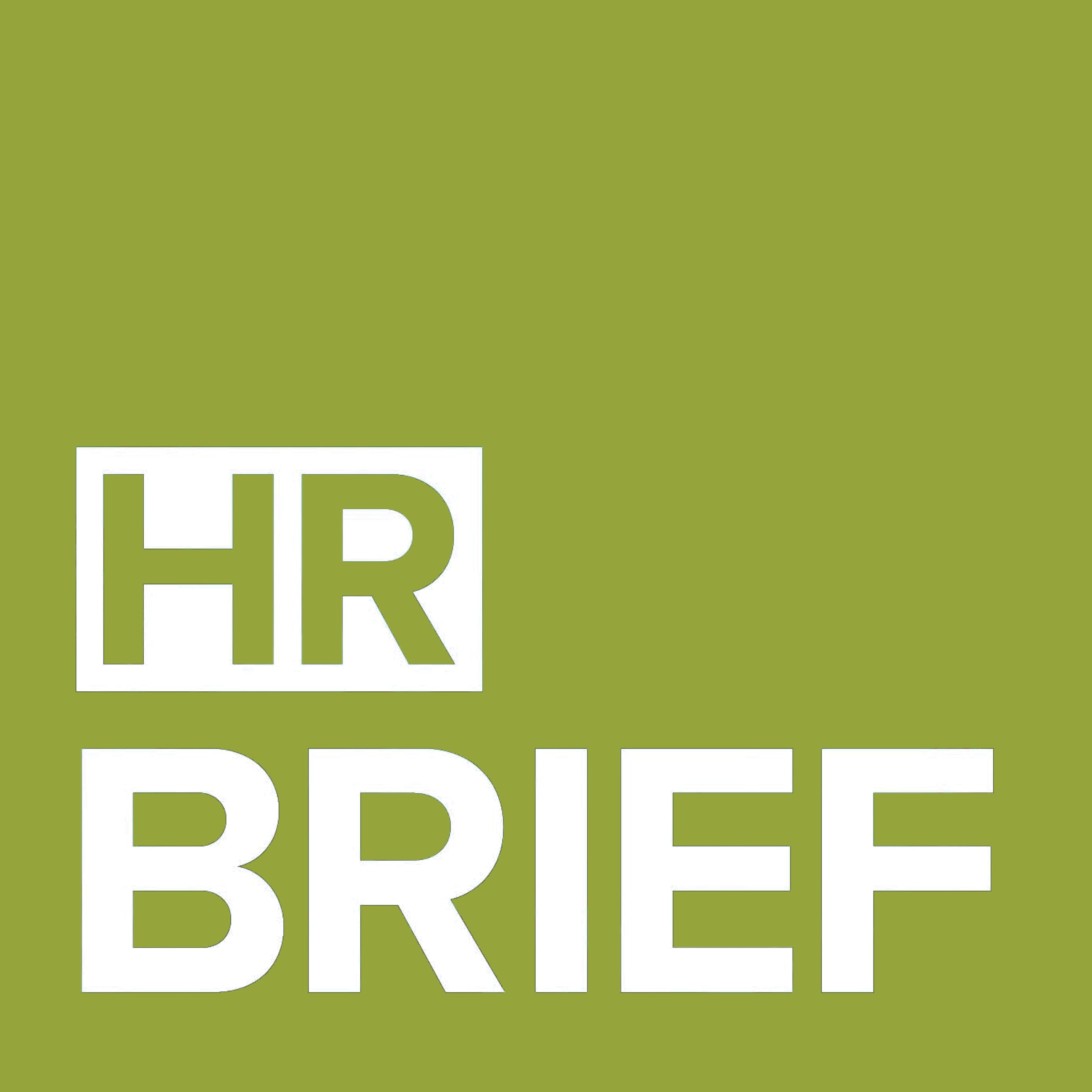
Employee COVID-19 Vaccine Cards
After receiving a COVID-19 vaccine, an employee should be given a vaccine card that lists which vaccine was given, how many doses, the date(s) received and where it was administered. If receiving a two-dose vaccine, the employee would receive a card after their first dose and then have it updated upon receiving their second dose.
As vaccine cards may potentially be referenced both in some workplaces and for activities outside of work, vaccinated employees must keep their cards safe.
Supporting Employees With Vaccine Cards
Employers can consider proactive steps to help ensure employees aren’t left without copies of their vaccine cards. These steps include encouraging employees to keep their cards in a safe place and to take a photo of their card, and providing employees with protective sleeves for their card.
In addition, employers may be able to educate employees about steps they can take to get a new card, if necessary.
If an employee lost or never received their COVID-19 vaccine card, the first action they should take is to contact their vaccination provider site directly. If they’re unable to do so, other options include:
- Contacting their state health department’s immunization information system (IIS). They can find state IIS information on the Centers for Disease Control and Prevention’s website.
- Accessing their vaccination information using v-safe or VaxText if they enrolled in these tools after receiving their first vaccine dose.
If the employee has made every effort to locate their vaccination card and is still unable to get a copy or replacement, they should contact any vaccination provider for further assistance.
While the needs of employees and return-to-work plans will vary by workplace, employers should continue to support employees amid the pandemic.
Attracting Top Remote Talent
Remote work is quickly becoming a desirable benefit in today’s labor market as many employees desire flexible work options. As more organizations embrace long-term remote or hybrid workplace models, employers will continue to compete for their industry’s top candidates.
Employers want to appeal to remote workers, but that doesn’t just mean any remote worker. Successful remote employees typically are accountable, have an eagerness to ask questions and demonstrate traits such as strong written communication and critical thinking skills.
Here are some considerations for attracting and recruiting top remote talent.
Virtual Recruitment and Hiring
Creating a strong virtual recruitment and hiring process can help an employer stand out. Candidates will appreciate a clear and effective recruitment process as they engage with recruiters and hiring managers.
Virtual Fairs and Events
Employers can attend digital job fairs and similar hiring events, or even host their own virtual fair or webinar to attract remote candidates.
Nontraditional Benefits
Organizations can consider offering competitive benefits and perks that meet remote employees’ evolving needs in order to stand out against the competition. Some ideas include offering high-quality home office equipment, flexible schedules and access to professional development programs.
Employee Referrals
Employers can describe the skills that the organization is looking for with current employees, and ask if they’d promote the job opening with their networks.
To Learn More
Contact Seubert & Associates, Inc. today to learn more about remote talent and for additional recruitment resources.

Employee Spotlight: Mark Hairston
Please help us welcome Mark Hairston to the Seubert Team as our General Industries Practice

The Health Benefits of Walking
By boosting physical fitness and enhancing mental well-being, incorporating regular walks into your routine can

Nip Seasonal Allergies in the Bud
The Centers for Disease Control and Prevention reports that one-quarter (25.7%) of adults suffer from
